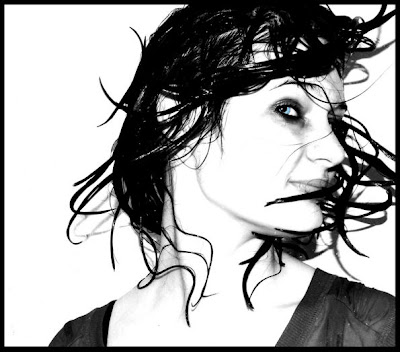Here is a list of 5 randomly chosen pictures from the entire batch.




 All the images are copyright of their respective owners and creators. Visit smashinapps.com for the main source of the pics.
All the images are copyright of their respective owners and creators. Visit smashinapps.com for the main source of the pics.



 All the images are copyright of their respective owners and creators. Visit smashinapps.com for the main source of the pics.
All the images are copyright of their respective owners and creators. Visit smashinapps.com for the main source of the pics.









Here are some great cloud pictures taken by an expert photographer during sunset in Tuscan,





Source: Fiery Clouds Hub
Portrait photographs can be taken on wedding, graduation, birthday, anniversary or any other occasion. Here face and facial expressions are the main areas of focus, though entire body of the subject and backgrounds are also taken care of while taking the photographs.
Portrait photographs are for personal collection – photographs of eminent people and icons are often preserved in museums. Portrait photography became popular after the invention of camera. Members of royal families used to call photographers for group photo sessions. Such portraits are now valued collectibles.
Like all other photography styles, portrait photography should be learned properly. Online tutorials and portrait photography tips are available to help budding photographers learn the basics.








According to wikipedia, the classical definition of macro photography is:
…” the image projected on the "film plane" (i.e., film or a digital sensor) is close to the same size as the subject.”
1:4 magnificent ratio is quite good to focus a subject and print it on 15x10 cm paper so that the image is equal to or larger than the object.